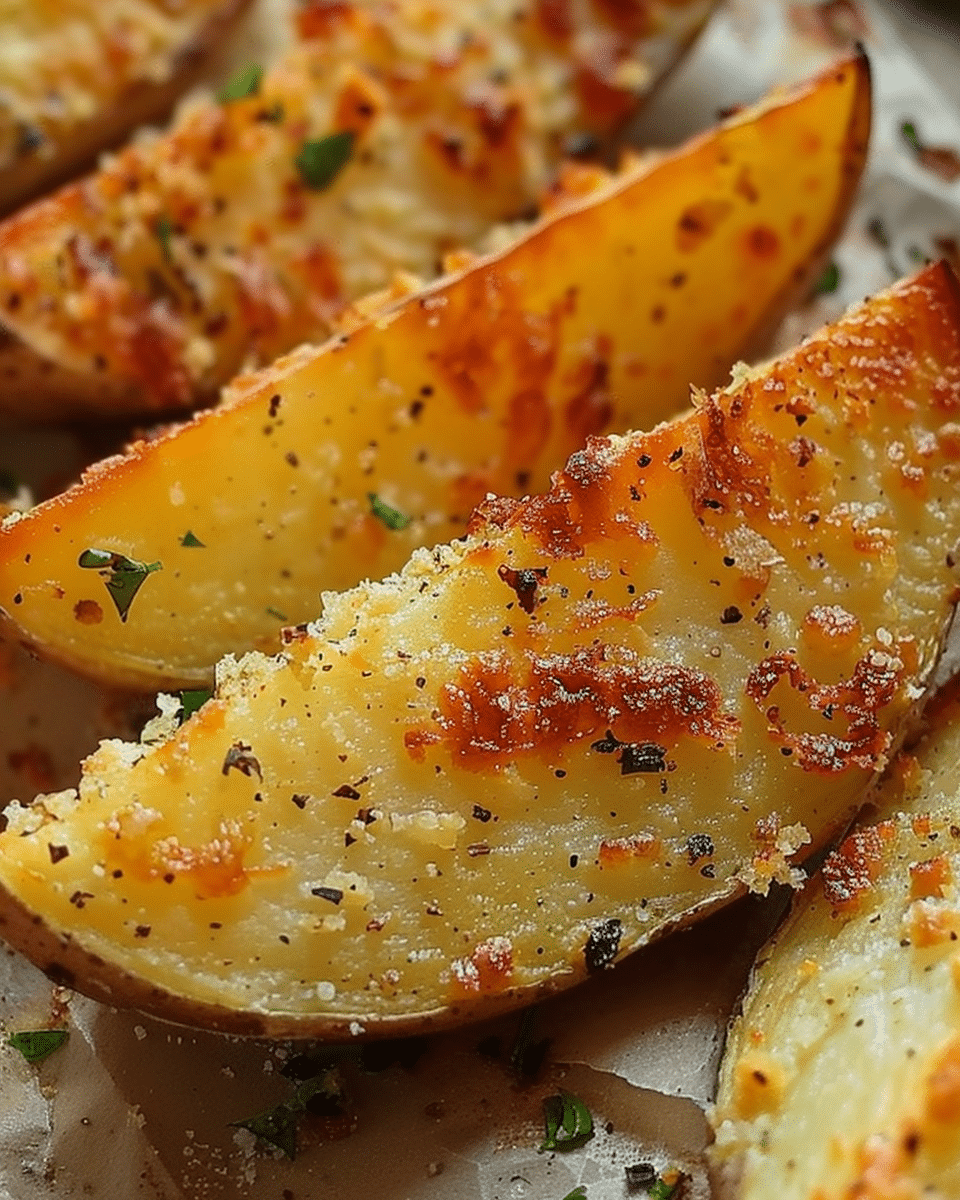Cacio e Pepe is a classic Roman pasta dish that is simple yet flavorful, made with Pecorino Romano cheese, black pepper, and pasta. The Pecorino Romano cheese is a key ingredient that gives the dish its unique taste and creamy texture. However, it’s not always readily available, and some might prefer a different cheese for dietary or taste preferences. So, what can you use instead of Pecorino in Cacio e Pepe?
Alternatives To Pecorino Romano
When it comes to finding alternatives to Pecorino Romano, it’s essential to look for cheeses that have similar characteristics: hard texture, salty flavor, and good melting properties. Below are some alternatives to Pecorino Romano that you can consider:
1. Parmesan (Parmigiano-Reggiano)
- Origin: Italy
- Milk Type: Cow
- Flavor Profile: Nutty, savory, slightly less salty than Pecorino Romano
- Best Used In: Grated over pasta, salads, and soups.
- Note: Parmesan is one of the most common substitutes for Pecorino Romano. It’s readily available and has a similar texture for grating.
2. Grana Padano
- Origin: Italy
- Milk Type: Cow
- Flavor Profile: Sweet, nutty, milder than Pecorino Romano
- Best Used In: Grated over dishes, incorporated into sauces.
- Note: Grana Padano is a less expensive alternative to Parmesan and works well in many recipes that call for Pecorino Romano.
3. Asiago
- Origin: Italy
- Milk Type: Cow
- Flavor Profile: Nutty, sweet, varies with aging
- Best Used In: Grated or melted in various dishes.
- Note: Use aged Asiago for a firmer texture suitable for grating.
4. Manchego
- Origin: Spain
- Milk Type: Sheep
- Flavor Profile: Nutty, tangy
- Best Used In: Grated over dishes, eaten on its own.
- Note: Manchego is a sheep’s milk cheese like Pecorino Romano, offering a similar flavor profile.
5. Fiore Sardo
- Origin: Italy
- Milk Type: Sheep
- Flavor Profile: Nutty, savory
- Best Used In: Grated over pasta and other dishes.
- Note: Fiore Sardo is another sheep’s milk cheese from Italy, similar to Pecorino Romano.
Bonus:
6. Gouda (Aged)
- Origin: Netherlands
- Milk Type: Cow
- Flavor Profile: Sweet, caramel-like, nutty
- Best Used In: Grated or melted in various dishes.
- Note: Choose aged Gouda for a firmer texture suitable for grating.
7. Ricotta Salata
- Origin: Italy
- Milk Type: Sheep
- Flavor Profile: Salty, milky
- Best Used In: Crumbled over salads, pasta, and other dishes.
- Note: Ricotta Salata is a pressed, salted, and dried variety of Ricotta cheese.
8. Pecorino Toscano or Pecorino Sardo
- Origin: Italy
- Milk Type: Sheep
- Flavor Profile: Nutty, mild to sharp (depending on aging)
- Best Used In: Grated over dishes, incorporated into sauces.
- Note: These are other varieties of Pecorino cheese that are milder than Pecorino Romano.
9. Mizithra
- Origin: Greece
- Milk Type: Sheep or Goat
- Flavor Profile: Nutty, tangy
- Best Used In: Grated over pasta and other dishes.
- Note: Mizithra is a traditional Greek cheese that can be used as a substitute for Pecorino Romano.
Considerations When Choosing a Substitute
When choosing a substitute for Pecorino Romano or any other ingredient, there are several key considerations to keep in mind to ensure that the alternative will work well in your recipe and provide a satisfying flavor and texture. Below are some important factors to consider:
1. Flavor Profile
- Importance: The substitute should have a similar flavor profile to Pecorino Romano to maintain the overall taste of the dish.
- Tip: Opt for cheeses that are salty, nutty, and aged, as they will have a flavor profile closer to Pecorino Romano.
2. Melting Properties
- Importance: The cheese substitute should melt well to create a creamy and smooth texture, especially in dishes like Cacio e Pepe.
- Tip: Choose hard, aged cheeses as they generally have good melting properties.
3. Texture
- Importance: The texture of the substitute is crucial for both the cooking process and the final presentation of the dish.
- Tip: Opt for hard and grate-able cheeses for recipes that require a finely grated texture similar to Pecorino Romano.
4. Availability
- Importance: Ensure that the substitute is readily available in your local grocery stores or specialty shops.
- Tip: Common cheeses like Parmesan and Asiago are often more accessible and can be found in most grocery stores.
5. Nutritional Content
- Importance: Consider the nutritional content of the substitute, especially if you have dietary restrictions or preferences.
- Tip: Check the fat content, calorie count, and other nutritional information of the substitute cheese.
6. Cost
- Importance: The cost of the substitute should fit within your budget.
- Tip: Some cheeses, like Grana Padano, offer a similar texture and flavor to Pecorino Romano at a lower cost.
7. Dish Compatibility
- Importance: The substitute should complement the other ingredients in the dish and not overpower or clash with them.
- Tip: Test the substitute in a small batch of the recipe to ensure it works well with other ingredients.
Testing The Cheese Substitutes
1. Start Small:
- Why It’s Important: Starting with a small batch allows you to test the cheese without wasting ingredients.
- How to Do It: Prepare a small portion of Cacio e Pepe using the cheese substitute and assess the results.
2. Assess the Flavor:
- Why It’s Important: The substitute cheese should complement the flavors of the dish and not overpower it.
- How to Do It: Taste the prepared dish and note the flavor of the cheese. Adjust the quantity or try a different cheese if the flavor doesn’t meet your expectations.
3. Evaluate the Texture:
- Why It’s Important: The cheese should melt well and create a creamy, smooth sauce.
- How to Do It: Observe the texture of the sauce made with the substitute cheese. If it’s grainy or doesn’t melt well, consider another option.
4. Check the Melting Properties:
- Why It’s Important: Proper melting is crucial for achieving the right consistency in dishes like Cacio e Pepe.
- How to Do It: Ensure the cheese melts evenly and blends well with the pasta and other ingredients.
5. Adjust the Quantity:
- Why It’s Important: Different cheeses have varying intensities of flavor, and the quantity may need adjustment.
- How to Do It: Based on the flavor assessment, increase or decrease the amount of cheese as needed.
6. Note the Saltiness:
- Why It’s Important: Some cheeses are saltier than others, and this will impact the overall seasoning of the dish.
- How to Do It: Taste the dish and adjust the salt and other seasonings accordingly.
7. Experiment with Combinations:
- Why It’s Important: Combining different cheeses can balance flavors and textures.
- How to Do It: Try mixing two different cheeses and evaluate the results in the dish.
8. Gather Feedback:
- Why It’s Important: Other people’s opinions can provide additional insight into the suitability of the cheese substitute.
- How to Do It: Have family or friends taste the dish and provide feedback.
Cacio e Pepe with a Cheese Substitute
Ingredients:
- Pasta (Spaghetti or Tonnarelli): 400g
- Cheese Substitute (e.g., Parmesan, Grana Padano, Asiago): 1 cup, finely grated
- Freshly Ground Black Pepper: 2 tsp or to taste
- Salt: to taste
- Reserved Pasta Water: 1 cup
Instructions:
- Cook the Pasta:
- Bring a large pot of salted water to a boil.
- Add the pasta and cook until al dente, according to the package instructions.
- Before draining, reserve a cup of pasta water and set aside.
- Prepare the Cheese:
- While the pasta is cooking, finely grate your chosen cheese substitute.
- The finer the cheese, the smoother the sauce will be.
- Combine Pasta and Cheese:
- After draining the pasta, return it to the pot or transfer to a large bowl.
- While the pasta is still hot, add the grated cheese substitute.
- Toss to combine, adding reserved pasta water little by little, until a creamy sauce forms and coats the pasta.
- Season the Dish:
- Add freshly ground black pepper to the pasta and cheese mixture.
- Toss again to evenly distribute the pepper.
- Taste the pasta and adjust the seasoning with additional salt or pepper as needed.
- Serve Immediately:
- Once the pasta is well-coated with the cheese sauce and seasoned to your liking, divide it among serving plates.
- Garnish with additional grated cheese and a sprinkle of black pepper.
- Serve the Cacio e Pepe with a cheese substitute immediately and enjoy the rich, creamy flavors.
Read Next: Roscioli Roman Cacio e Pepe Recipe
Tips:
- Cheese Choice: Opt for a hard, aged cheese that has good melting properties. Parmesan, Grana Padano, and Asiago are excellent choices.
- Pasta Water: The starchy pasta water helps to create a smooth, emulsified sauce, so don’t forget to reserve some before draining the pasta.
- Freshly Ground Pepper: Use freshly ground black pepper for the best flavor. Adjust the amount to suit your taste preferences.
FAQs
Can you use Parmesan instead of pecorino in cacio e pepe? Yes, Parmesan can be used as a substitute for Pecorino in Cacio e Pepe. Adjust the salt as Parmesan is less salty.
Can I replace pecorino with Parmesan? Absolutely! Parmesan can replace Pecorino in most recipes. Be mindful of the milder flavor and adjust accordingly.
Can I use Grana Padano instead of pecorino for cacio e pepe? Yes, Grana Padano is a suitable substitute for Pecorino in Cacio e Pepe, offering a similar texture and flavor.
Can you substitute mozzarella for pecorino? Mozzarella can be used, but it has a different texture and meltiness, leading to a different dish experience.
What cheese is closest to Pecorino? Fiore Sardo and Manchego are closest to Pecorino, being sheep’s milk cheeses with a similar flavor profile.
Is a good substitute for Pecorino cheese? Parmesan, Grana Padano, and Asiago are good substitutes, offering similar hard textures and savory flavors.
What’s the closest cheese to Parmesan? Grana Padano is the closest to Parmesan, with a similar nutty flavor, hard texture, and aging process.
Conclusion
In conclusion, while Pecorino Romano is the traditional choice for Cacio e Pepe, several other cheeses can be used as substitutes. Parmesan, Grana Padano, and Asiago are excellent alternatives, each adding their unique flavor to the dish. It’s essential to consider the cheese’s texture, flavor, and melting properties to ensure a creamy and delicious Cacio e Pepe. Don’t hesitate to experiment with different cheeses to find the one that perfectly matches your palate. For more information on cheese substitution in Italian dishes, you can check out this link.
Enjoy making and savoring your Cacio e Pepe with a delightful twist by using a different cheese. Buon Appetito!








